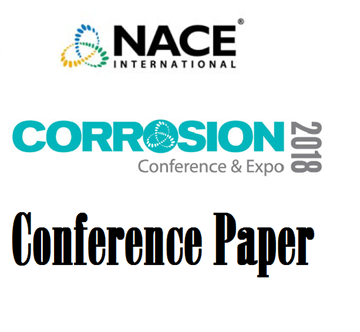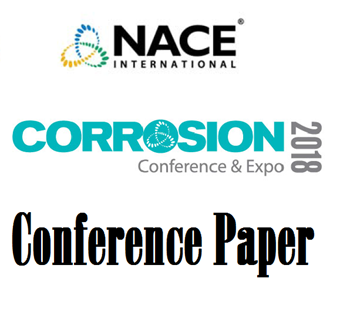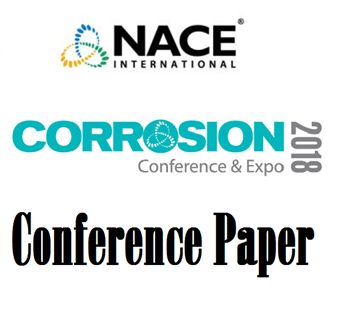Search
51318-10952-The role of mechanistic modeling in corrosion management strategy for buried pipelines
Also Purchased
51318-10944-Cathodic protection affected by stray current transients: Critical duration and amplitude
Product Number:
51318-10944-SG
Publication Date:
2018
$20.00
51318-10942-Acquisition Visualization and Interpretation of Pipeline Corrosion Monitoring Data
Product Number:
51318-10942-SG
Publication Date:
2018
$20.00
51318-10955-CP shielding effect on buried pipeline by complex bridge structure
Product Number:
51318-10955-SG
Publication Date:
2018
$20.00




